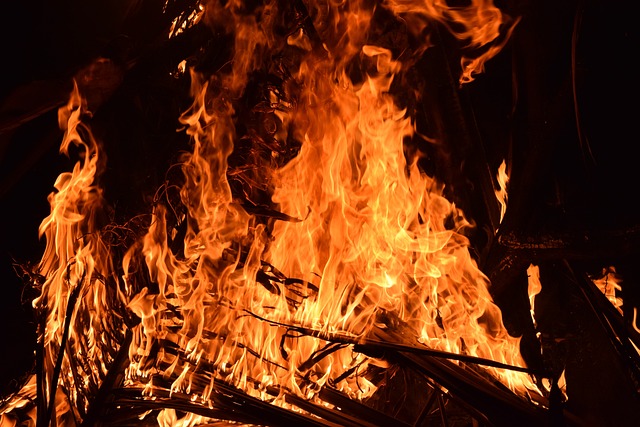What is the difference between Passive and Active Fire Protection?
The differences between passive and active fire protection should be clear to those responsible for preventing and combating this type of incident.
This is because both play important roles in reducing damage and protecting lives and property in the event of a fire, but their methods and objectives are distinct.
In this article, we will explore these differences and understand how each contributes to fire safety. Click here for VR Fire Safety Course
Passive Fire Protection
These measures are integrated into the building itself and are designed to be effective even in the absence of direct human intervention.
Check out some of them:
1. Compartment Isolation:
A common passive protection technique is to divide a building into separate compartments using fire walls and doors. These barriers help contain a fire to a specific area, preventing its rapid spread to other areas.
2. Fire-Resistant Building Materials:
This includes materials such as plaster, concrete, and certain types of glass.
3. Ventilation and Escape Systems:
Adequate ventilation and well-planned escape routes are essential for rapid evacuation in the event of a fire.
4. Fire-Retardant Coatings:
Coatings applied to structures and materials can also help slow the spread of fire, providing additional time for evacuation and firefighter intervention.
These systems are designed to respond quickly to an ongoing fire and may include:
1. Fire Suppression Systems:
These systems are designed exclusively for the environments to be protected, based on the objects/materials within them, as well as their dimensions. These can include data processing centers, oil platforms, industrial kitchens, hangars, hydroelectric plants, or any location requiring fire protection.
In these projects, different fire-fighting agents can be used, which are also chosen exclusively, as the best solution for each project is evaluated.
2. Smoke and Heat Detectors:
These devices are designed to detect early signs of fire, such as smoke or rising temperatures, and trigger alarms to alert building occupants.
3. Automatic Sprinklers:
Automatic sprinkler systems are automatically activated when they detect excessive heat, releasing water to extinguish or control the fire until firefighters arrive.
4. Portable Fire Extinguishers:
Strategically placed throughout the building, portable fire extinguishers provide an immediate defense against small-scale fires, allowing occupants to attempt to extinguish the fire before it spreads.
5. Alarm and Evacuation Systems:
Finally, audible and visual alarms are essential for alerting building occupants to the presence of a fire and guiding them to safe evacuation routes.
Although passive and active fire protection have different approaches, both play essential roles in fire prevention and safety.
Combined effectively, these approaches can significantly reduce fire risks and protect lives and property.
With a wide range of solutions, from fire detection and suppression systems to personnel training, the company ensures the necessary protection for your property and its occupants.
By combining excellent passive and active protection measures, keeps your environment safe and secure.
Contact our consultants now to learn more about the products and services we offer!

